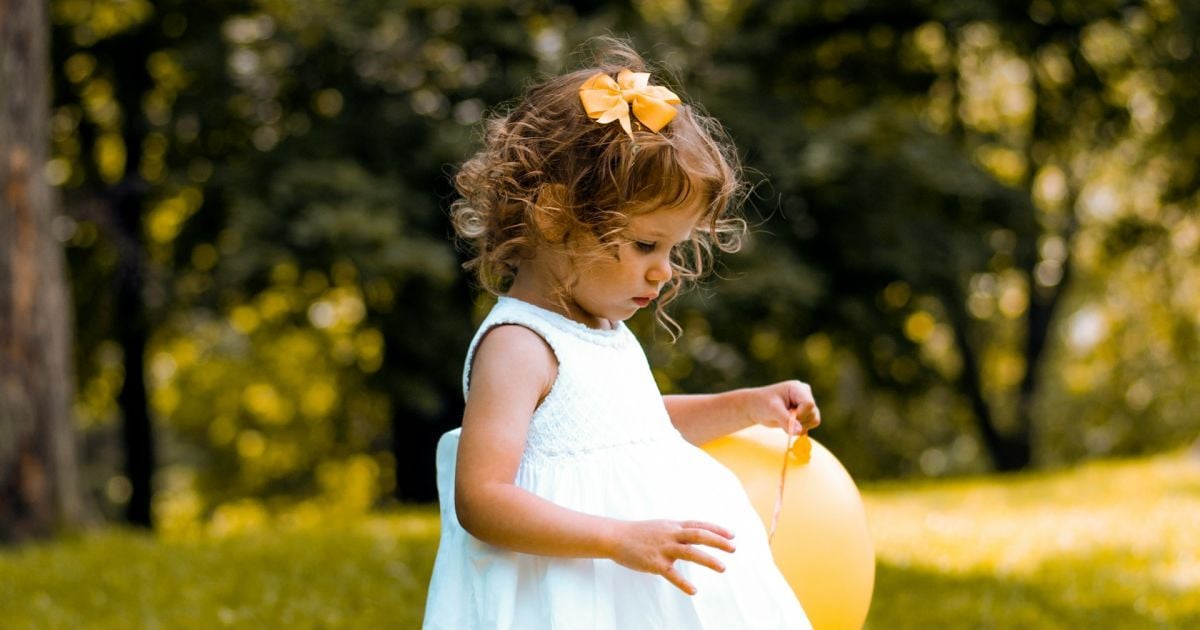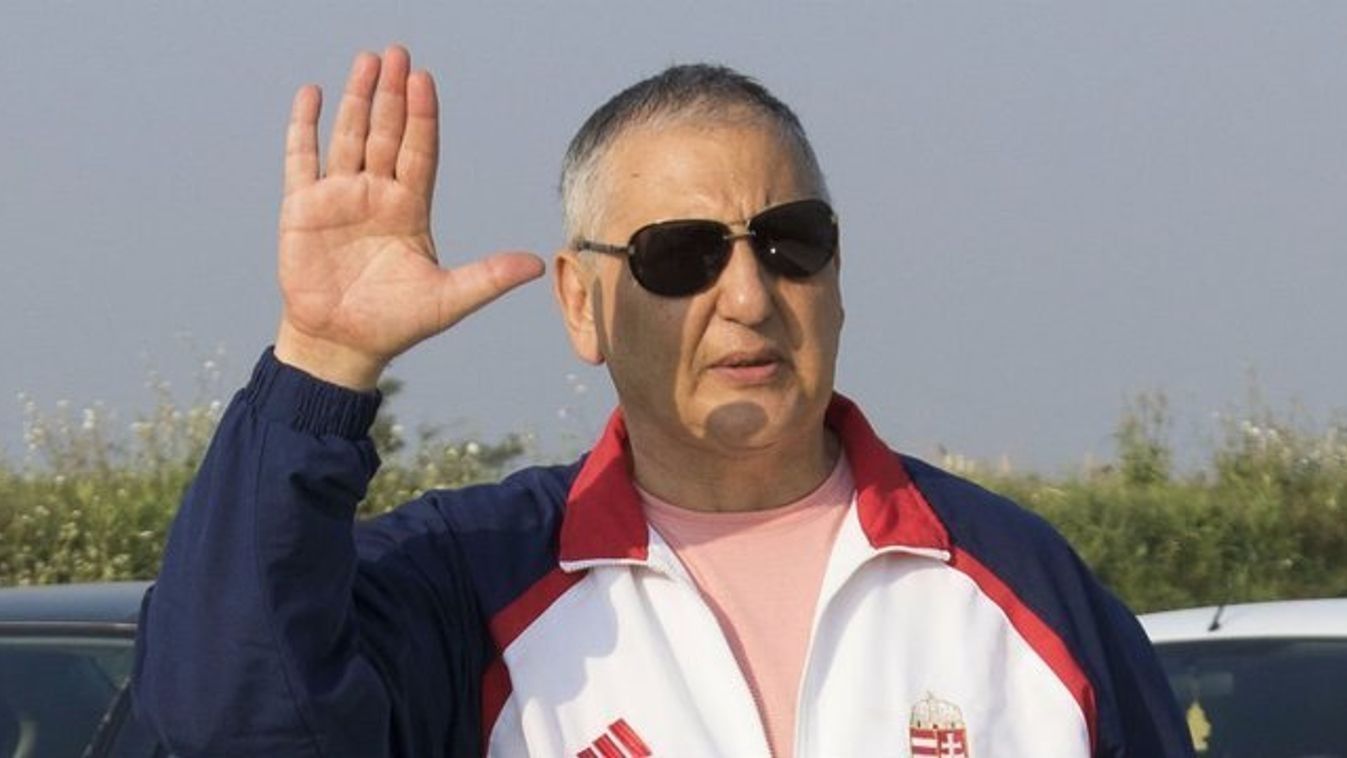Ance Eikena is one of the brightest Latvian artists of the young generation, in 2022. graduated from the Latvian Academy of Fine Arts and has already received recognition for her impressive performances and sculptural objects. A. Eikena’s installation “Our Heavenly Father” displayed in the MO Museum’s big exhibition “This is not with us” touches on a painful topic for many families – the relationship with an alcoholic father.
The work of the artist, full of humanism, is one of the most resonant works for visitors, not only rich in connections with common human experiences, but also showing the influence of the Soviet regime on our lives today. “I think that for many of us, the father has a lot to do with the concept of God, because he is often not physically present,” thinks A. Eikena, who calls the installation a monument to the father.
Ance, in Latvia, you received recognition primarily for your performances and sculpture works, where you mainly explored the theme of sexuality, the images of women and artists. How did you discover an interdisciplinary approach and your artistic expression?
Every work has a story I want to tell, so I look for an approach that does it the most justice. Being honest is important to me. Most of the time, ideas come to me almost complete, and then I think, and think, and think some more. I could say that my way of creating is to follow the feeling and at the same time question everything.
How has your work changed from your first works to today?
It was truly a path from darkness to light. I am grateful for everything I have experienced, but I am even more grateful for each present day with a calm heart and mind. I’m totally bad at lying, both as a person and as an artist, so the way I am is a very direct reflection of who I am.
I don’t think the basis of my work has changed much – the way I come up with ideas isn’t too different from, say, high school. But I really feel like every project has brought new challenges that I’ve learned from, so it’s a little easier to work on now.
The adapted installation “Our Heavenly Father” (presented as a personal exhibition in Riga in 2021) is exhibited in the MO Museum exhibition “This is not with us” and tells about your relationship with your father and his (absence) in the family. This is a very honest piece where you talk about past traumas and loneliness, but you do it with openness and love. What does this piece mean to you? Did it help you find a new relationship with the subject?
This is one of the most beautiful and meaningful experiences of my life so far. I actively created the exhibition in my head for six years – it all started with pain and sadness, but during the exhibition only love remained from these feelings. I remember that warm, light feeling in my chest when I created the exhibition – it was so exciting! What followed was all the love and tears and the connection we made with the visitors… It’s such a beautiful thing to get so close to complete strangers. I think the exhibition helped me deal with the sadness, it is like a monument to my father, but sometimes I still feel sad that my husband and daughter will never meet him. I’m sure anyone who has lost a loved one knows this feeling. It will always hurt at least a little.
When describing your creation, you compare your father to God, because he is usually not physically present. How do references to God work in the work and what is your own relationship with religion?
I believe in a God who loves and forgives all, a God who does not judge, discriminate, or belittle people who are different. I wish more people would follow this concept of God. Everything else seems pointless to me. The original exhibition included one work with quotes from the Bible about love, such as “If God so loved us, we ought to love one another.”

I would like millions of people around the world to follow this very principle instead of hatred. I wasn’t religious most of my life, but after the death of my father and grandfather I finally experienced how it is possible to feel something that is not physically there, like someone is watching and protecting you. To me, God is like a father who rejoices when things are good and is still there when times are hard.
The MO Museum’s exhibition “We don’t have this” deliberately mixes the ages, times, genders and contexts of people, works of art and views, thus encouraging visitors to unravel the different threads of self- and others’ perception. You recently became a mother yourself. How has motherhood changed your view of yourself as a woman and an artist?
Now being an artist is both easier and harder. Easier because my priorities are clearer than ever and time is limited – the year until the next exhibition somehow feels like a month. The hardest part is that motherhood fills me so much that I almost don’t need anything else, which is scary to say out loud in a professional environment.
When I sometimes say that our little one is a distraction, my husband tells me that she is all that matters – the distraction is everything else, and I agree with that. However, some days it is my daughter who gives me the greatest motivation to work because I want her to be proud of me. I want to show her meaningful artwork and tell her interesting stories when she grows up. For example, how we went to set up an installation in the MO museum when she was very small.
MO’s exhibition also attempts to look at the genealogy of artists and how a previous generation may have shaped or inspired a younger one. Do you feel a kinship with other Latvian or Baltic artists participating in the exhibition or beyond?
I haven’t seen the finished exhibition yet, but in the process of its preparation I got a feeling that reminded me of my first visits to the Latvian National Art Museum. So much great art in one place – it could easily be a permanent display!
I think that everything we see shapes us, often unconsciously, so I don’t even want to mention specific artists. This question is difficult for me because it is not easy to mention every significant person without forgetting anyone. I definitely feel alone – I fell in love with art again, another change after becoming a mother. I physically feel how art feeds my soul, as trite as it sounds. And I like it a lot.
Thank you for conversation!
The big exhibition “We don’t have this. Intimacy, Norms and Desires in the Art of the Baltic States” is open at the MO Museum until September 8.
More information: https://mo.lt/ivykiai/sito-pas-mus-nera/
#Artist #Ance #Eikena #people #generation #father #God #physically #present
– 2024-04-07 04:43:50


